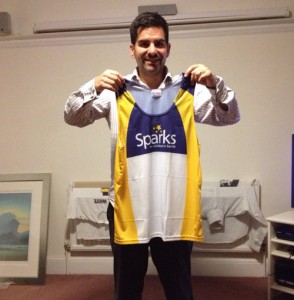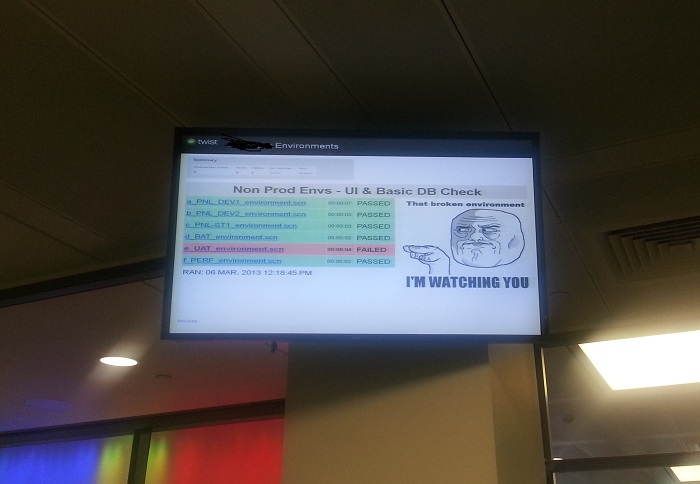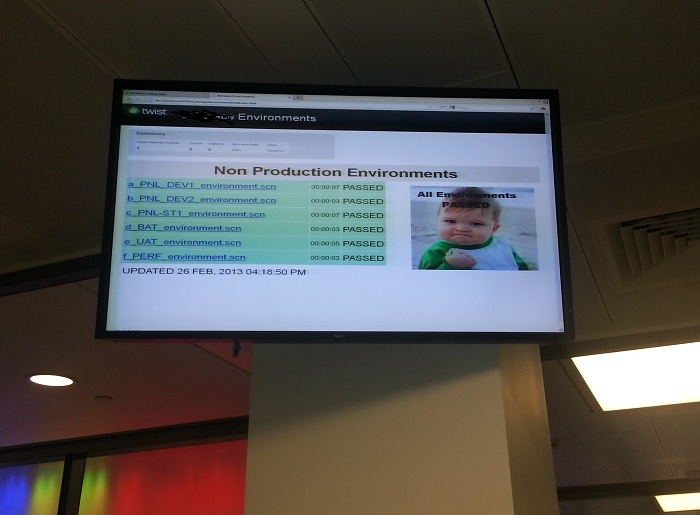Or How to kill zombies in a corporate environment
Many of us work in a corporate environment. Getting stuff done in a corporate environment has its challenges at the best of times, but when the company has decided to put in multiple silos of specialty, with SLAs of multiple days hidden behind group email addresses then you may be experiencing a corporate ZOMBIE APOCALYPSE.

A Corporate Zombie is mainly engineered by situation in which they work. (R.Elbourn)
What is the experience like?
You need something, perhaps a database instance or unix access, something which the company has decided to put into some kind of structured organisational silo defended by a Jira system or at least a group email address and if you are lucky a single point of contact. So you take the following actions…
- You raise a Jira for the work to be done, it goes on their Jira queue, and gets turned around and rejected because you made a mistake. You then rethink, resubmit, and chances are that you made another mistake. The whole process takes about two weeks and the feedback on each mistake is both “zombie” slow and uninformative – painful!
- You send an email to a group address, and get no response for a day or two, (any immediate response usually being “sorry I haven’t worked in this group for two years can you remove me from the list?”) any eventual response is perhaps negative, unhelpful and at at best sluggish, meanwhile the clock is ticking.
- You send an email to a group address and then 3 days later you get a link to a wiki to fill out a form, giving no or outdated instructions on how fill out the form. You can’t recall all of the application ID’s, ITPMs and different stakeholder groups from the top of your head, it takes time. You fill out the form to the best of your ability and you don’t get feedback for 2-3 days.
- You see them on an online chat, but they are rarely “green(available)” and more often than not offline (even though you know they are in). If they are green they and you do message them they frequently don’t respond or magically “disappear”.
- …and you find out that they are incredibly resistant
Right now you are thinking of taking the computer screen and flinging it against the wall. You are filled with frustration, I mean how difficult is it to get a unix id with access to some UAT servers setup? Or maybe you just want a new database instance done, you know what actions need to be done, but there is a huge bureaucratic system of zombies in the way, zombie people, zombie documents and zombie systems of (lack of) support. You then go on a lengthy rant which down the pub or in a bar and it usually involves lines like this:
You: "These guys seemingly are employed to stop me doing work, they are inhibitors of progress, all they do is get in the way, they are the champions of the status quo, hey ! help me to help you, help me help you, help me help you."
Colleague: Quality rant, have another beer.
Why is it like this?
Remember corporate zombies are people too.
 You might want to correct me, and say zombies were people, but corporate zombies are people, they are just like a zombie to you.
You might want to correct me, and say zombies were people, but corporate zombies are people, they are just like a zombie to you.
Reasons why they are zombies to you:
- They are very busy people
- They don’t know who you are
- They don’t know about your project
- They don’t care about your project because they dont know about your project
- They usually have 800 unread emails in their inbox, to which they get updates of at least 150 per day, why should they deal with yours first?
- They are protected by SLAs which means they don’t have to jump when you say jump
- They might not even be the people you need, so their interest level is low
- They are often dealing with Production issues, you are developing to UAT you will find stability is preferred to change (especially in the finance sector), you are automatically low priority
- They might be a little institutionalised or disinterested because they don’t always see the big picture
- They are measured on the size of their Jira/problem/issue queue not on the quality of their answers
- Being in a silo implies that there is a division of labour, therefore they are dealing with a much wider audience than you, and overall throughput is their measurement of success
- There could be many more reasons.. feel free to add some of your own…
So why should they be helping you over other people in their workload? Sorry to disappoint you, but prioritising an email as “High Priority” simply doesn’t “cut the mustard“, its frankly lazy and unprofessional unless followed up with a call or visitation.
How to deal with it:Use the double tap method
No not “one to the heart” and “one to the head”, or “two to the head” or crow bar to the head, or just do anything to destroy the brain, or even run the zombie over to place them in a wood chipper. Remember the zombie thing is a metaphor.
You need to tap on their shoulder or tap on the phone. Emails are good to back up and confirm a conversation that has already taken place.
Tap the shoulder
You may need to do a bit of investigative work, which means looking in the group directory, or asking other people, find out who you need to talk to. You are not really dealing with a faceless zombie corporation, but a system with a few bits in place to protect themselves from lazy people who haven’t got their stuff together and waste their time.
Once you have found out who it is, go and find them, by far the best form of communication is face-to-face. Its an agile manifesto principle:
The most efficient and effective method of
conveying information to and within a development
team is face-to-face conversation.
Next go and find out where they work and talk to them.
Tap the phonepad
Many times the person you are trying to reach is unavailable, or in a different building (you could just go for a walk) in another country (perhaps not!).
In which case pick up the phone, and persist. You will rapidly discover whether you are talking to the right people or not, and you will find someone to whom you can explain the importance of your project and the detail of your work.
You will also find out that they are not really zombies but humans with a workload rather like yourself, and in fact they’d be happy to help champion their processes by walking you through it.
Guess what, when you email them, they will respond a lot faster, they are no longer a zombie to you, but then why would you email, you know them on the phone or in person and its much faster. Guess what, they respond to your online communicator messages now… bonus.
One less zombie in the corporate world, well done! This saves time in your requests, and the whole blame and escalation game that your Project Managers, their bosses and their stakeholders would inevitably have to do as they do the work that you were supposed to do in the first place, because someone wasn’t responding to a drop in the 1000’s of emails that that have
So your bosses no longer need to:
- Escalate the issue (that you already did by speaking to them face to face over the phone)
- Explain the importance of the project (that you already did by speaking to them face to face over the phone)
- Get them to show you their process (that you already did by speaking to them face to face over the phone)
- Get commitment for them to help you (that you already did by speaking to them face to face over the phone)
Remember zombies are people too.
The end




















